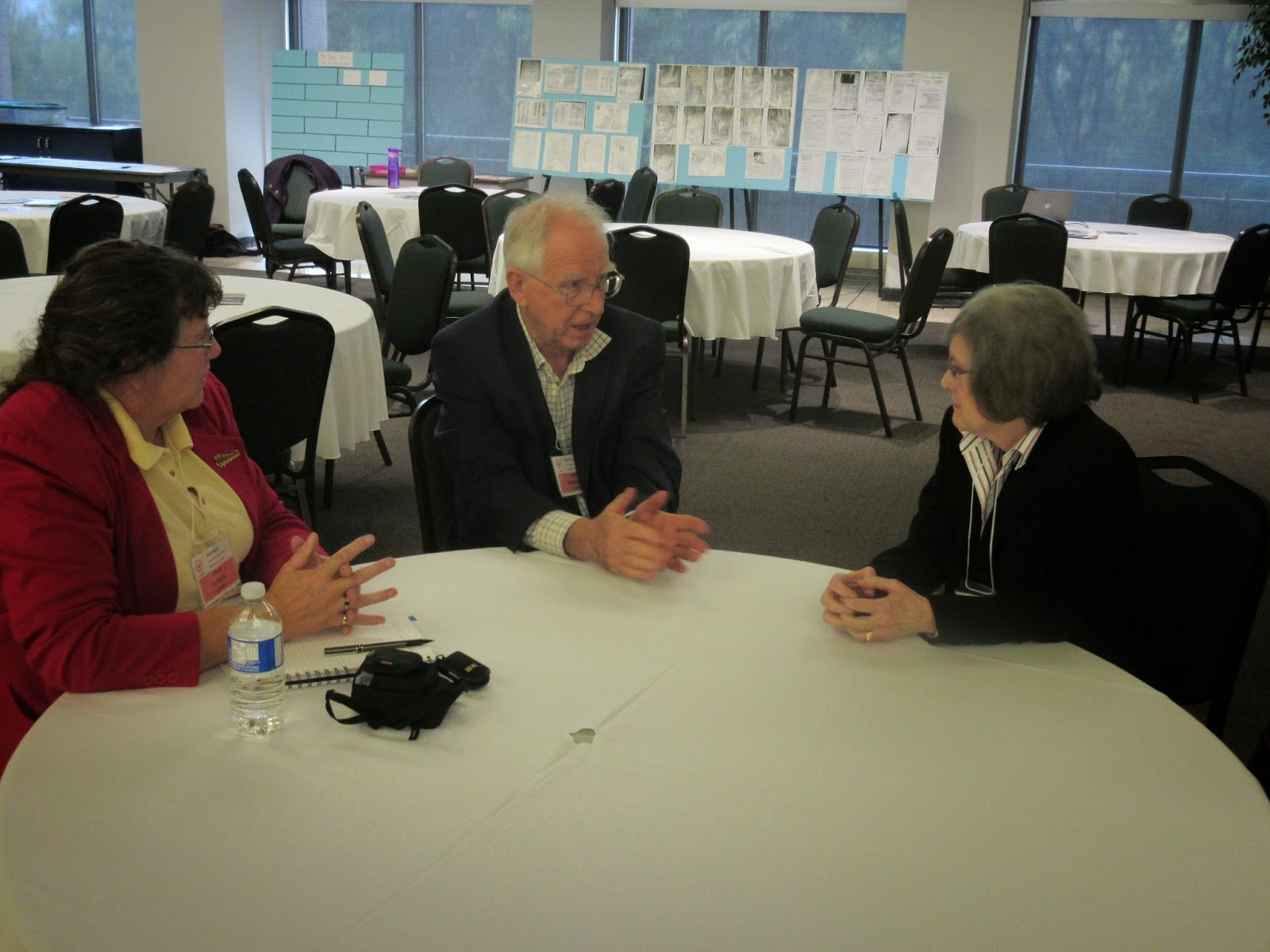 Think innovation in family history and you think MyHeritage. Only there can you animate photos, have a life story narrated with DeepStory, and see an ancestor as they might have been with AI Time Machine™.
Think innovation in family history and you think MyHeritage. Only there can you animate photos, have a life story narrated with DeepStory, and see an ancestor as they might have been with AI Time Machine™.
Just released in BETA, MyHeritage introduces AI Record Finder™ and Ai Biography™
AI Record Finder™ searches historical records using a chat interface. It starts by asking for basic information “Please provide the first and last name of the person you are looking for, along with any additional details to help locate relevant genealogy records.” It will show sources for records that might be relevant, such as MyHeritage Family Tree, FamilySearch Family Tree, England & Wales, Birth Index, 1837-2005, or Famous People Throughout History. It then requests further input “To narrow down these results and provide more precise information, please specify any additional details such as the names of his spouse or children, specific dates of events, or locations where he may have lived or worked.” It keeps asking for further information.
You will then be ready to try AI Biography™ which uses data from MyHeritage and content generated by OpenAI. There are several parts to the biography report starting with a listing of birth, death, marriage, parents, siblings, spouse, children. That’s followed by a biography text, historical context, last name origins, consistency issues and citations.
I had the opportunity to test it using a person I’ve researched in depth, Ezekiel Stone Wiggins. The text reads well, just don’t expect the exact truth. I found OpenAI hallucinations — added were a government appointment, a distortion of his interests and a child. It even gave her a name — Lillian Maude
Such flights of fancy are common with OpenAI. Get around it by conversing — asking for the evidence, “what is the evidence that he had a child?”. The reply “The records do not explicitly mention children for Ezekiel Stone Wiggins.” It then advises on how to search for this (mythical) child.
It’s worth experimenting. While the cup is more than half full the contents are not to be swallowed whole.
Read more on this MyHeritage blog post and give it a try.
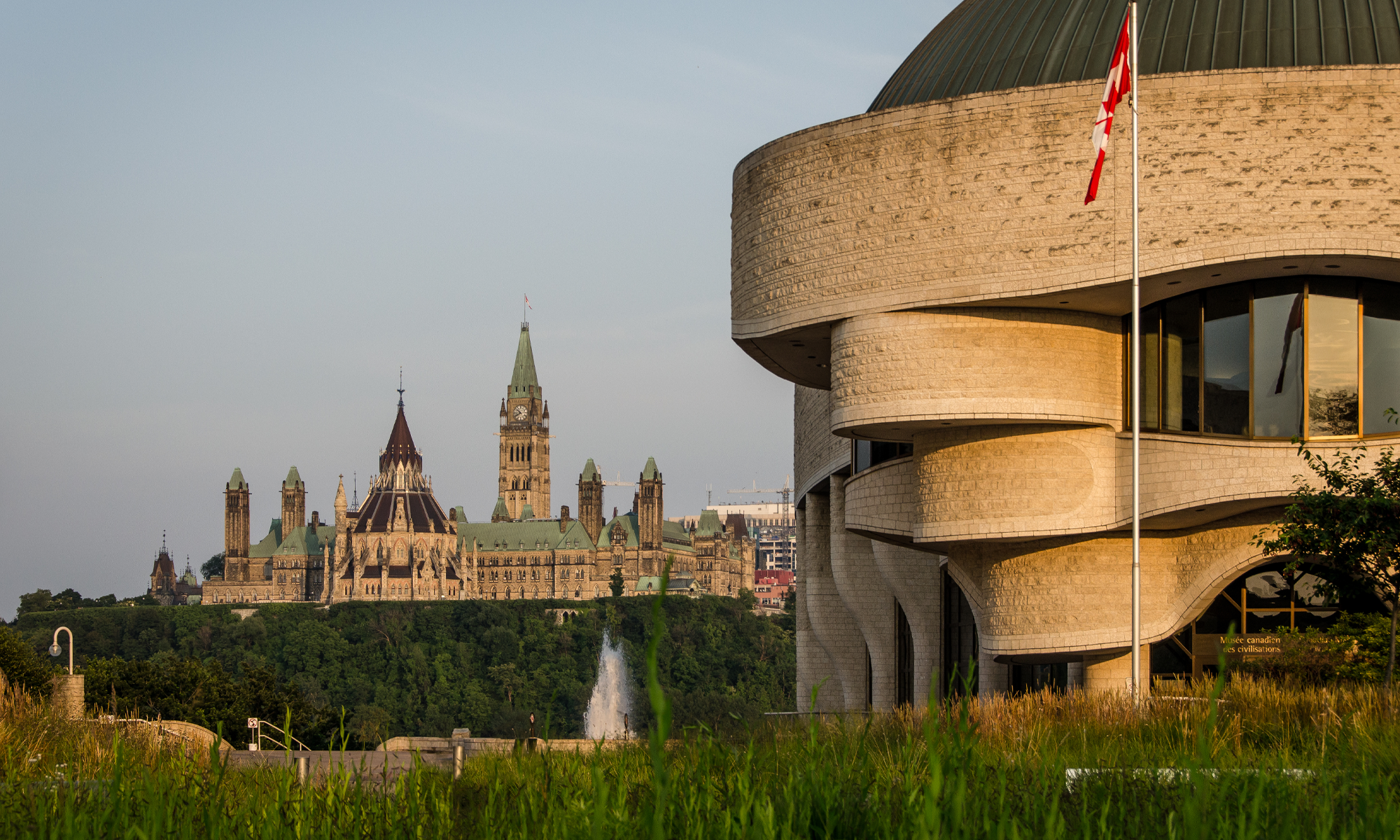

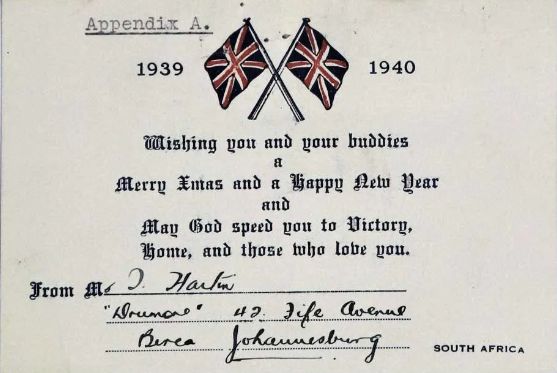

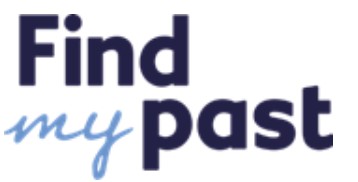 In the FMP last record update of 2023, are
In the FMP last record update of 2023, are 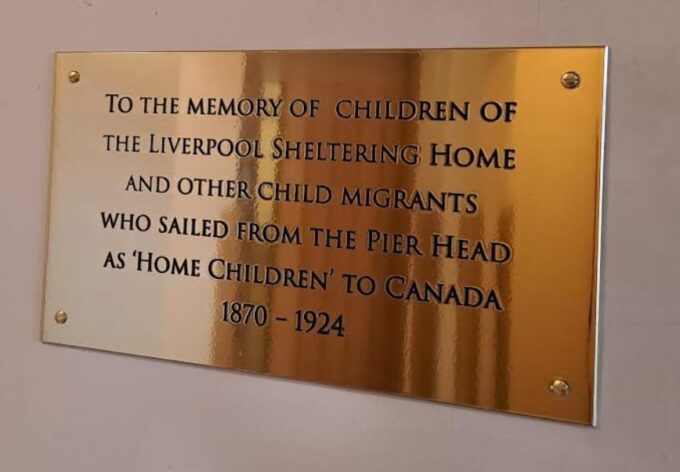 This plaque commemorating the Home Children of Liverpool that sailed to Canada has been installed in the
This plaque commemorating the Home Children of Liverpool that sailed to Canada has been installed in the 